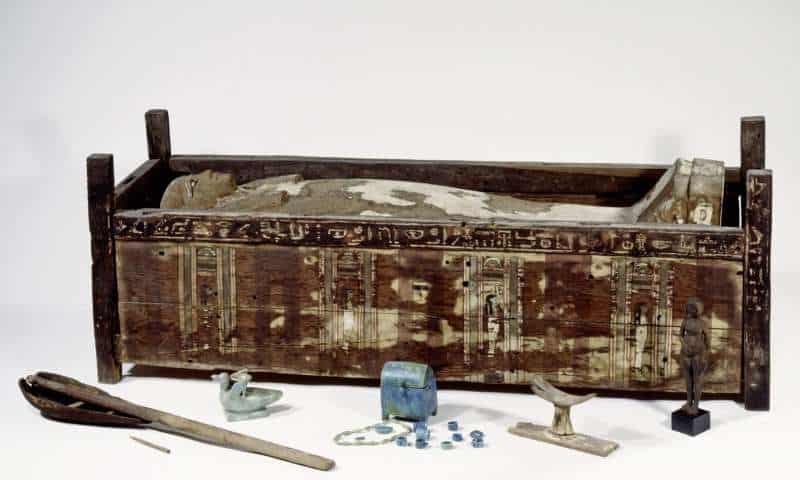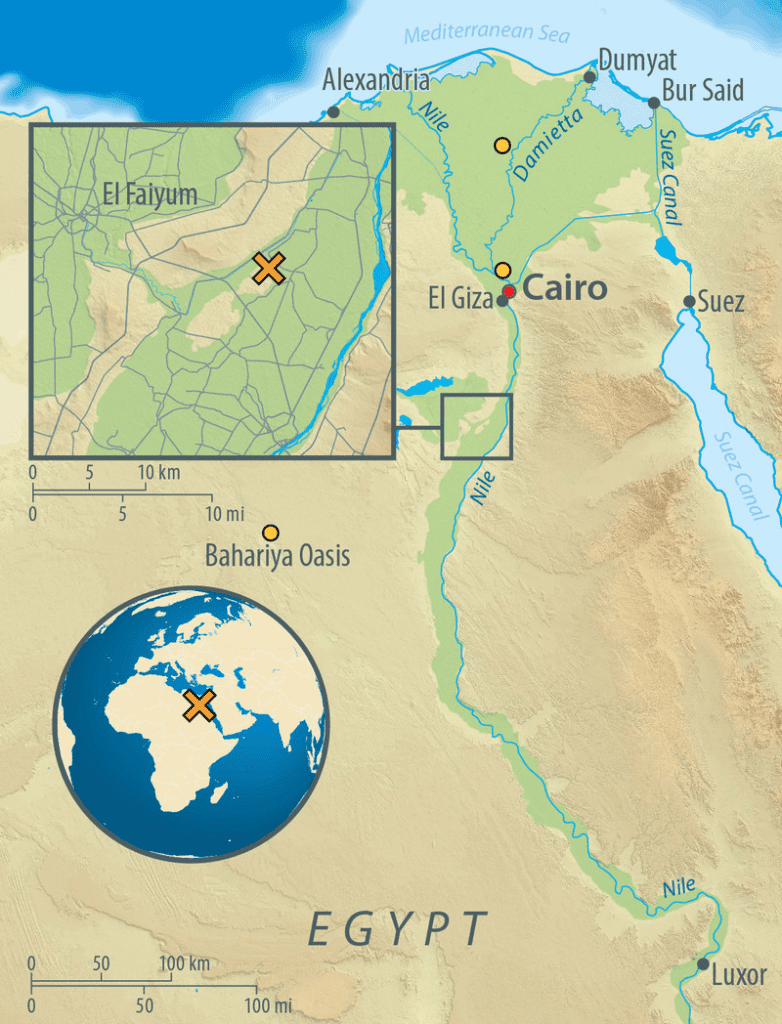In an impressive scientific breakthrough, an international team of researchers reports sequencing the genomes of ancient Egyptian mummies for the very first time. The study helps tie some of the loose ends around the river Nile in Middle Egypt and the ancient population that inhabited the region for millennia. One striking finding is that modern Egyptians are far more related to Sub-Saharan Africans than ancient Egyptians, who were most closely related to ancient populations in the Levant.

For many researchers working with DNA sequencing, Egypt is both a blessing and curse. It’s an almost ideal scientific proving ground because of its rich and well-documented history. It’s always been at the crossroads between many populations and cultural influences from Africa, Asia, or Europe. The practice of mummification which can be traced back to 6,000 years ago is also a godsend for many researchers since they have to rely less on the accidental preservation of remains. The ancient Egyptians did all the dirty work for them!
At the same time, Egypt’s aggressive climate, which is very hot and humid, can easily degrade the DNA. Even though archaeologists know of thousands of Egyptian mummies that are thousands of years old, the conditions in the tombs are such that the long-term survival of DNA in Egyptian mummies is very unlikely.
But thanks to a lot of hard work and recent advances in genetic sequencing, an international team was able to make a breakthrough and come up with an unprecedented glimpse into the genetic history of Egypt. The collaboration is comprised of researchers from the University of Tuebingen, the Max Planck Institute for the Science of Human History in Jena, the University of Cambridge, the Polish Academy of Sciences, and the Berlin Society of Anthropology, Ethnology, and Prehistory.
For their work, the authors sampled 151 mummified individuals from the archaeological site of Abusir el-Meleq, along the Nile River in Middle Egypt. In total, they recovered mitochondrial genomes (from the mother’s side only) from 90 individuals, and genome-wide datasets from three individuals over a 1,300-year time span. These results were then compared to modern populations.

“This suggests that an increase in Sub-Saharan African gene flow into Egypt occurred within the last 1,500 years,” explains Stephan Schiffels, group leader at the Max Planck Institute for the Science of Human History in Jena.
It’s amazing to finally hear about genetic investigations in ancient Egyptian mummies. Seemingly against all odds, science yet again proves that sometimes we must merely wait for technology to catch on with our needs. In the process, we now have a much richer understanding of Egypt’s population history.


